Large-Eddy Simulation in Hydraulics
Preface 1 Introduction 1.1 The role and importance of turbulence in hydraulics 1.2 Characteristics of turbulence 1.3 Calculation approaches for turbulent flows 1.4 Scope and outline of the book 2 Basic methodology of LES 2.1 Navier-Stokes equations and Reynolds Averaging (RANS) 2.2 The idea of LES 2.3 Spatial filtering/averaging and resulting equations 2.4 Implicit filtering and Schumann's approach 2.5 Relation of LES to DNS and RANS 3 Subgrid-Scale (SGS) models 3.1 Role and desired qualities of an SGS-model 3.2 Smagorinsky model 3.3 Improved versions of eddy viscosity models 3.4 SGS models not based on the eddy viscosity concept 3.5 SGS models for the scalar transport equation 4 Numerical methods 4.1 Introduction 4.2 Discretization methods 4.3 Numerical accuracy in LES 4.4 Numerical errors 4.5 Solution methods for incompressible flow equations 4.6 LES grids 5 Implicit LES (ILES) 5.1 Introduction 5.2 Rationale for ILES and connection with LES using explicit SGS models 5.3 Adaptive Local Deconvolution Model (ALDM) 5.4 Monotonically Integrated LES (MILES) 6 Boundary and initial conditions 6.1 Periodic boundary conditions 6.2 Outflow boundary conditions 6.3 Inflow boundary conditions 6.4 Free surface boundary conditions 6.5 Smooth-wall boundary conditions 6.6 Rough-wall boundary conditions 6.7 Initial conditions 7 Hybrid RANS-LES methods 7.1 Introduction 7.2 Two-layer models 7.3 Embedded LES 7.4 Detached Eddy Simulation (DES) models 7.5 Scale-Adaptive Simulation (SAS) model 7.6 Final comments on hybrid RANS-LES models and future trends 8 Eduction of turbulence structures 8.1 Structure eduction from point signals: Two-point correlations and velocity spectra 8.2 Structure eduction from instantaneous quantities in 2D planes 8.3 Structure eduction from isosurfaces of instantaneous quantities in 3D space 9 Application examples of LES in hydraulics 9.1 Developed straight open channel flow 9.2 Flow over rough and permeable beds 9.3 Flow over bedforms 9.4 Flow through vegetation 9.5 Flow in compound channels 9.6 Flow in curved open channels 9.7 Shallow merging flows 9.8 Flow past in-stream hydraulic structures 9.9 Flow and mass exchange processes around a channel-bottom cavity 9.10 Gravity currents 9.11 Eco-hydraulics: Flow past an array of freshwater mussels 9.12 Flow in a water pump intake Appendix A - Introduction to tensor notation References Index
{{comment.content}}
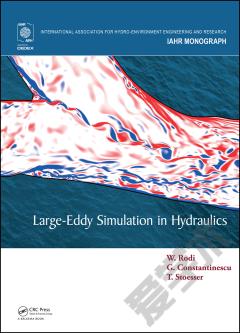
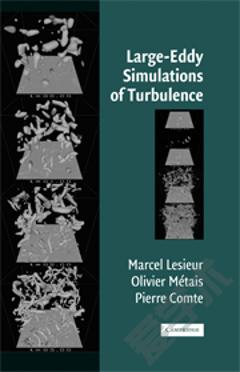
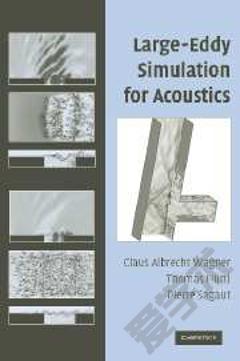
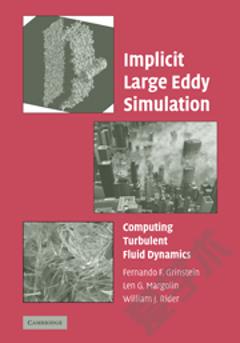
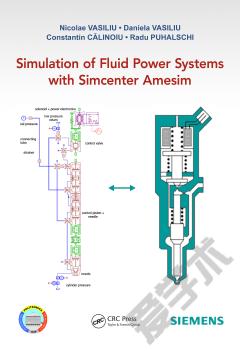

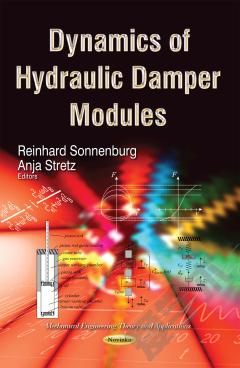

 京公网安备 11010802027623号
京公网安备 11010802027623号